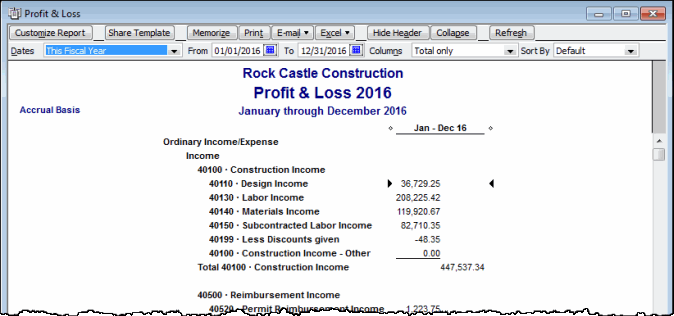

We’ve explored this QuickBooks feature with you because we wanted you to see one of the ways that the software can save time and minimize errors. You can add memorized transactions to a Group and process them at the same time. Click the down area to the right of the field assigned to Group Name and select the one you just created. Now you can add memorized transactions to this Group by right-clicking on it, selecting Edit Memorized Transaction, and clicking in the button next to Add to Group. Choose from the options available for notification and click OK. Click the arrow next to Memorized Transaction in the lower left, then click New Group and give it a name. To create one, go to Lists | Memorized Transaction List. As we mentioned earlier, you can combine memorized transactions due at the same time within a group. Click on the appropriate button to indicate whether you want to see a summary or a list in your Reminders (or nothing at all) and how many days in advance the alert should appear.Īlso, Groups. Memorized Transactions Due appears toward the bottom of the Company Preferences list. If you want Reminders for memorized transactions, you’ll need to tell QuickBooks what your Preferences are. Open the Edit menu and select Preferences, then Reminders. If you’ve selected Add to my Reminders List for any memorized transactions, you need to tell QuickBooks how far in advance your reminders should start to appear. We’d like to expand on two of the concepts discussed here. If you only want QuickBooks to automate the entry a specific number of times, add that in the field next to Number Remaining. Click the calendar icon to choose the transaction’s Next (Due) Date. On the right side of the window, open the drop-down list in the field next to How Often and select from the options provided. If you have multiple recurring transactions that come due at the same time, you can create Groups and assign transactions to them (more on this later). QuickBooks would automatically process and dispatch the transaction. You would only select this option if nothing but the date of the transaction changes when it recurs. QuickBooks will display an entry in your Reminders List for each memorized transaction. These have to do with how/if you want to be notified when it’s time to process a memorized transaction. The vendor name appears automatically in a field in the upper left. Once you’ve created a transaction template, you’ll have to complete the fields in this window to memorize it correctly. When you’re done, click Memorize in the toolbar to open this window: In our example, we’re paying a utility bill whose Amount Due will change every month, so we’re leaving that blank. Click Enter Bills on the home page and complete all the fields that will remain the same every time the bill is created. Let’s start by creating a repeating bill. We recommend you use one of QuickBooks’ sample files for this tutorial. QuickBooks makes it very easy to set up transactions for repetitive use. Or, you have customers who have monthly standing orders for the same products, or services, or subscription fees. For example, you might have wireless service bills that remain the same every month or vary by just a bit. You can create these transaction “models” for both sale and purchase transactions. These are templates you set up that contain most if not all the information that could be repeated at specified intervals, eliminating the need for you to enter the same repetitive data regularly and reducing the chances that you’ll make a mistake. What we want to talk about this month is the use of memorized transactions.


There are numerous examples we could use to illustrate how the software accomplishes this. Among those we listed are three that have an impact on every business that uses it. We wrote last month about the benefits of having QuickBooks on your desktop. Tired of repetitive data entry? QuickBooks provides a way to save time and keystrokes when you create some transactions.


 0 kommentar(er)
0 kommentar(er)
